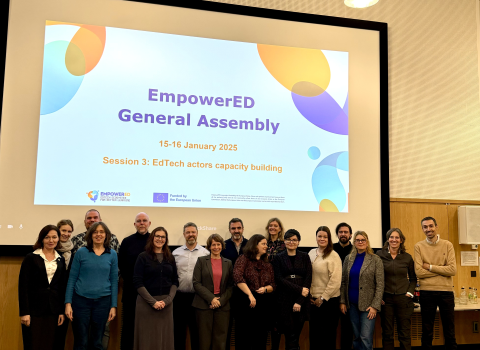R&D may be the engine of growth and innovation, but it is also an expensive enterprise. In this time of austerity, policy makers and funders need to consider how to increase R&D productivity and ensure they get the most out of the money that is invested in science.
In my book, How Economics Shapes Science, I explore the ways in which public research organisations and scientists respond to incentives. From a policy perspective, it is both good news and bad news that they respond. Get the incentives right, and research productivity is enhanced; get them wrong, and it is dampened.
Many of the examples in the book are drawn from the US, which, because of my experiences on advisory boards at the National Science Foundation and the National Institutes of Health, I know reasonably well. While the US science system is typically invoked as the frontier, there are many ways in which the incentives have begun to turn against US science. There are clear lessons here for others that aspire to be at the frontier.
The gold standard in funding
Funding: The peer-review funding system for science in the US is often seen as the gold standard, providing for freedom of intellectual inquiry and incentives for scientists to remain productive throughout their careers. The system also provides some opportunity for last year’s losers to become this year’s winners.
The system has, up to a point, worked well. But it can also lead to risk aversion, especially when success rates are low (as they are in tight budget times) and many of those submitting grants are in soft money positions, which means they must either get funding or parish. To quote the Nobel laureate Roger Kornberg, “If the work that you propose to do isn’t virtually certain of success, then it won’t be funded.” This matters because while low-risk incremental research yields results, to realise substantial gains from research not everyone can be doing incremental research.
It is essential to encourage some researchers to take-up risky research agendas and the current US system simply does not provide sufficient incentives to do that.
Hiring and rewarding scientists
Salary: The US has long been known for its strong academic institutions. Having the resources to hire and reward highly productive faculty has been key to building these institutions. This has resulted in considerable salary differences within departments, across fields and across institutions. A top researcher in the biomedical sciences at a private institution can earn in excess of $400,000; a median researcher in mathematics at a public university earns about one-fourth of that.
Up to a point, inequality clearly contributes to research productivity. But inequality in the salaries paid to faculty working at doctorate-granting institutions has more than doubled in recent years. The gap between the haves and have-nots is not as big as that in US society at large, but within the academe inequality has grown at almost three times the rate of growth of inequality in the larger society.
There is concern that increasing inequality can hamper the mission of the university: Strong universities are built by faculty working together to build new programmes and curricula and by providing excellence in the classroom. An over-emphasis on research productivity when it comes to rewards, with its concomitant increase in income inequality among faculty, can significantly dull incentives to contribute to other objectives of the university. It can also reduce the incentive for people to work together on research projects.
Human resources
Staffing of labs: University labs in the US are overwhelmingly staffed by graduate students and postdocs. This system of staffing has much to recommend it. Graduate students and postdocs have fresh ideas, they are flexible, and they are temporary. They are also cheap - partly because of rules imposed by funding agencies, partly because of competition for posts.
But the pyramid system (some would call it a scheme) that has evolved in the US only works if funding for research continues to grow. And for a number of years it has not been growing at a sufficiently fast pace (either in the public or private arena) to create research positions for these newly-minted scientists. This means that there are a considerable number of individuals waiting for research positions that may never materialise and who are poorly-trained to take jobs in other sectors and occupations.
Research Labs
Buildings: State-of-the art research facilities are important to doing research. They are also important in attracting talented scientists to a university. But if the incentives are wrong, universities can overbuild, especially, as has happened, buildings are financed from debt. The doubling of the NIH budget and favourable regulations that allow universities to exclude any debts owed for buildings when computing their overhead rates, have led universities to construct more research space than can productively be used, given that the funding for research in the biomedical fields has been flat for the past few years and arguably will continue to be so for some years.
Moreover, without increased funding, it is likely that some universities will have to choose between defaulting on payments or take money from other programmes in order to pay off the bonds.
Keeping incentives on the upside
To sum up: the US system has produced great science. Much of this can be attributed to the opportunities that have been available for researchers in the US, and the incentives underlying these opportunities. But incentives can have a downside as well as an upside. There are lessons that any country or group of countries should attend to when they think of emulating the US system.
Paula Stephan is Professor of Economics at Georgia State University and Research Associate at the National Bureau of Economic Research. Her book, How Economics Shapes Science, was published by Harvard University Press, January 2012.




 A unique international forum for public research organisations and companies to connect their external engagement with strategic interests around their R&D system.
A unique international forum for public research organisations and companies to connect their external engagement with strategic interests around their R&D system.